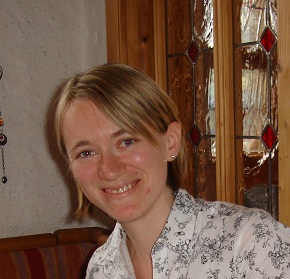Publication of the month August (2013)

Mechanistic and structural studies on legumain explain itszymogenicity, distinct activation pathways, and regulation
Elfriede Dall and Hans Brandstetter
Abstract:
The cysteine protease legumain plays important functions in immunity and cancer at differentcellular locations, some of which appeared conflicting with its proteolytic activity andstability. Here we report crystal structures of legumain in the zymogenic and fully activatedform in complex with different substrate-analogues. We show that the eponymousAsparagine-specific EndoPeptidase activity (AEP) is electrostatically generated by pH-shift.Completely unexpectedly, the structure points towards a hidden carboxypeptidase activity thatdevelops upon proteolytic activation with the release of an activation peptide. Theseactivation routes reconcile the enigmatic pH-stability of legumain, e.g. lysosomal, nuclear andextracellular activities in immunology and cancer. A dual pH dependence tightly regulatessubstrate access and turnover by selective protonation of the S1 pocket (KM) and the catalyticnucleophile (kcat), respectively. The multi-branched and context-dependent activation processof legumain illustrates how proteases can act not only as signal transducers but also asdecision makers.
Reference:
Dall E & Brandstetter H (2013) Mechanistic and structural studies on legumain explain its zymogenicity, distinct activationpathways, and regulation. Proceedings of the National Academy of Sciences of the United States of America 110(27):10940-10945.
The open access article can be found here.
Reviewed by Chiara Cabrele & Silja Wessler




